How to set yourself up for a successful game localization project
Getting ready to localize your game? Learn what to consider before starting a localization project, from setting up your file to creating a style guide.

The APAC region demonstrates the most tremendous growth in gaming revenue and player engagement. If you want to expand your reach, starting with Chinese localization might be the right move for your game.
What cultural and linguistic aspects should you know about to efficiently translate your game into Chinese? In this post, we’ll talk about the scale of the Chinese gaming market and reveal the top 10 proven practices that can help you understand the cultural preferences and sensitivities of local players, language variants to be aware of, and other important aspects of game localization.
KEY TAKEAWAYS
WHAT’S COVERED:
Why release your game in China
10 tips for successful game localization to Chinese
China represents the biggest gaming market in the world. Yes, it’s bigger than in the US both by revenue and the number of players. Plus, it keeps exponentially growing year to year. Here are some of the facts about the Chinese game market:
Top countries by game revenue. Source: Statista
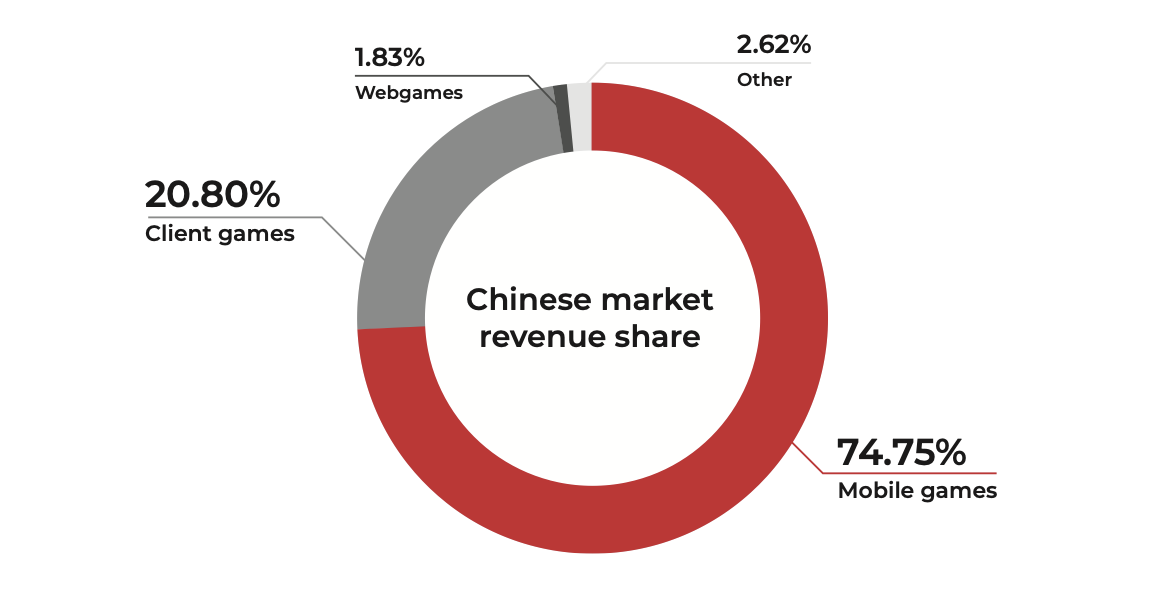
Mobile games as the leading revenue driver. Source
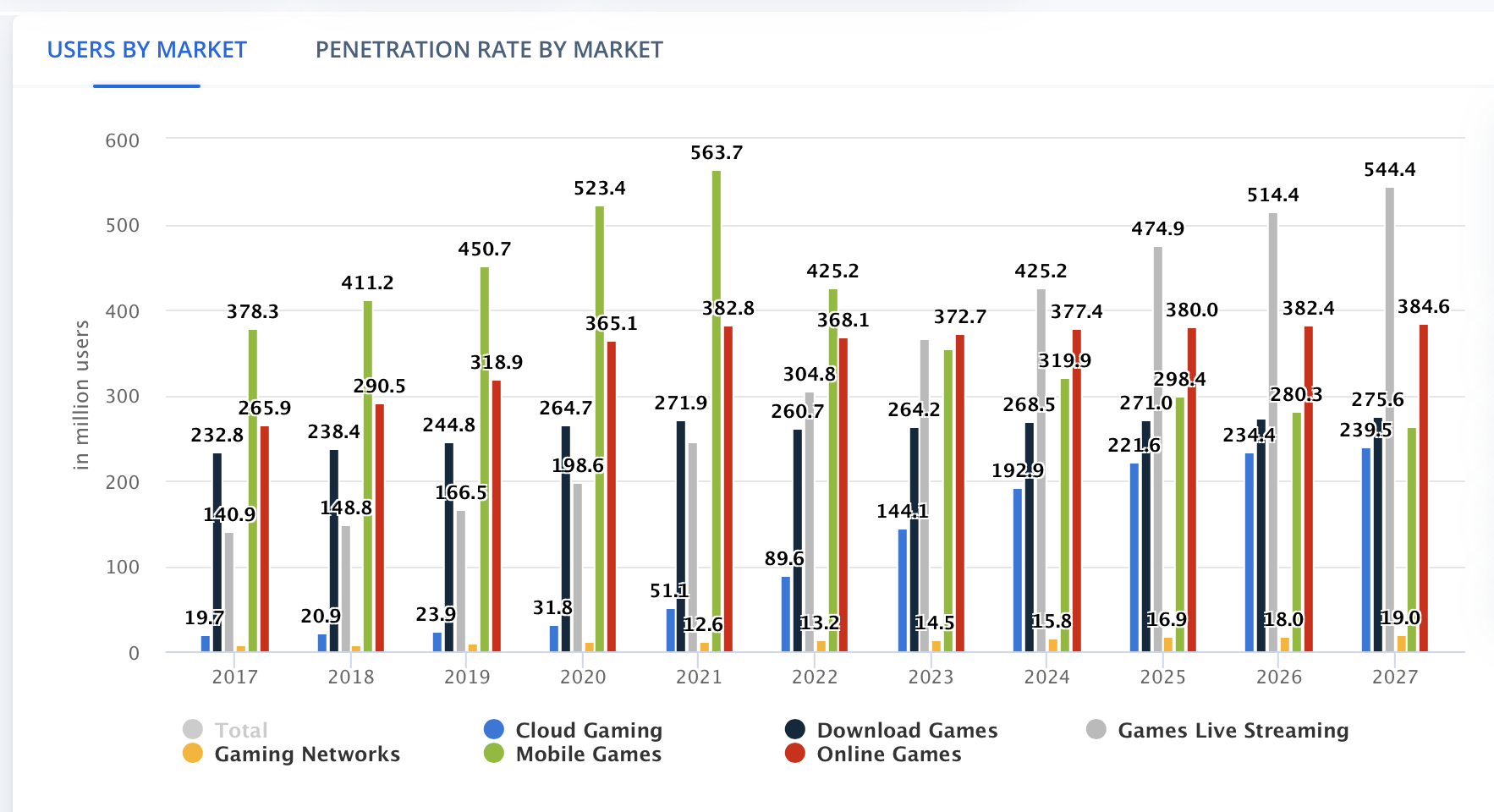
The popularity of game live streaming shown in the statistics of user distribution by market. Source: Statista
While entering the largest gaming market in the world sounds promising, it requires a lot of effort. Any game localization is a complicated process, but with the Chinese market, you’ll also need to be aware of specific regulations and cultural sensitivities.
Let’s dive into the 10 tips that can help you successfully translate your game into Chinese and launch it in Chinese-speaking markets.
Chinese has a logographic writing system, but the set of characters is different depending on the location. In mainland China and Singapore, people commonly use Simplified Chinese while Traditional Chinese remains official in Hong Kong and Taiwan.
The writing of Simplified Chinese differs from Traditional Chinese in the reduction of the number of strokes or the simplification of certain components of characters. On top of that, these two writing systems have been under different influences and have adopted different new words. Thus, not only the characters are written in a different manner but also words may be built with different characters.
Here’s an example of a simple expression “XP” (experience points) that is often used in games. It’s written as “經驗值” in traditional characters and as “经验值” in simplified characters:
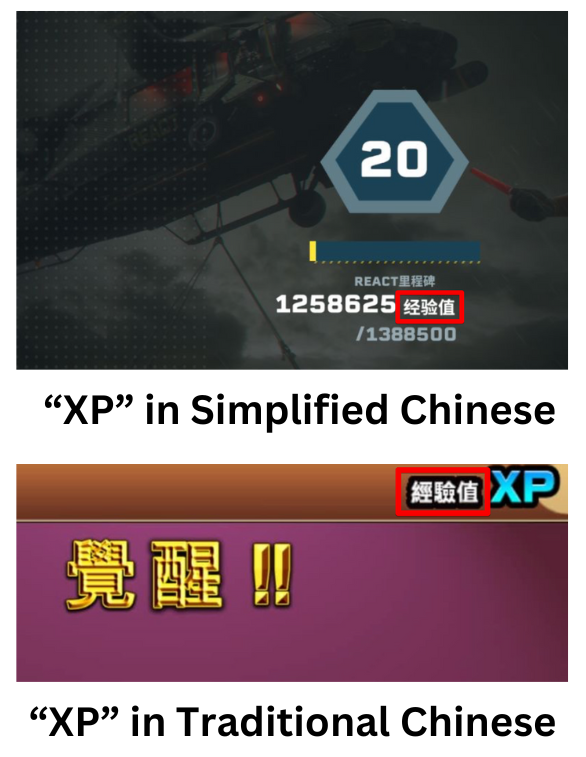
The expression “XP” in traditional and simplified characters. Images from Rainbow Six Extraction and Battle Cats
These differences can pose particular challenges with formatting. While the Unicode system supports both simplified and traditional Chinese characters, they can’t be easily converted from one system into another, and some might be missing.
There are also some punctuation differences that your game translations should mind. For instance, the full stop is placed in the middle in both vertical and horizontal writing in Traditional Chinese. While in mainland China, the full stop is placed in the bottom left in horizontal writing and to the right of the last character in vertical writing.
In the screenshot below, you can see that commas and periods are placed in the center in the Traditional Chinese localization of the CyberPunk game.
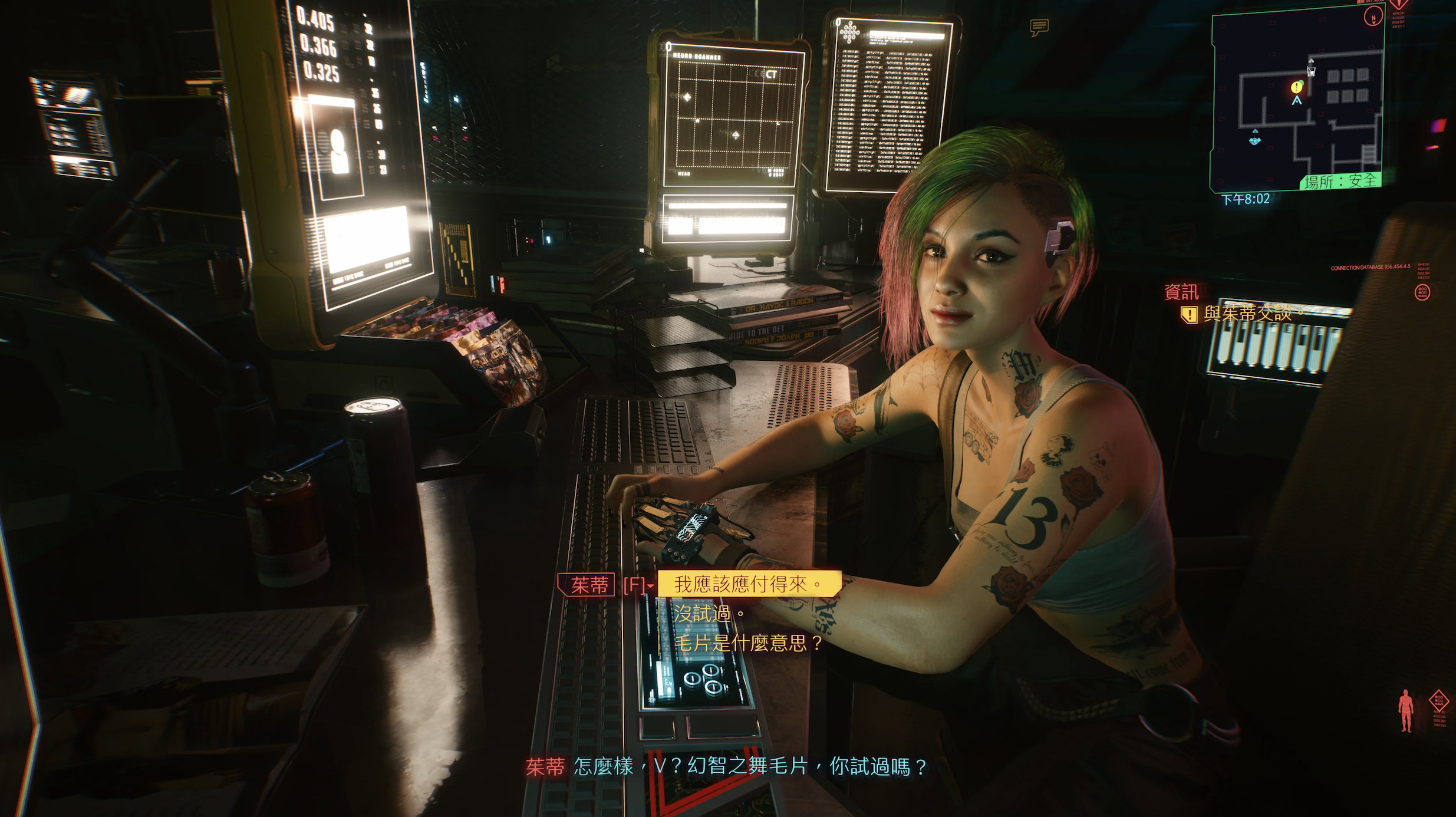
CyberPunk in Traditional Chinese. Source
Many major game developers create separate versions for different Chinese-speaking locales, mainly China and Taiwan. For example, World of Warcraft, League of Legends, and Overwatch have different localizations for these markets, which is reflected not only in choosing traditional or simplified characters but also in approaching sensitive topics or Western cultural contexts.
Mainland China has a very specific set of rules when it comes to in-game content, permitted visuals, and approved topics, so it’s important to reconsider some aspects of your game for release in China. While Taiwan (and other countries with a Chinese-speaking population like Singapore) is more open to politically charged topics, depictions of violence, or Western phenomena.
Colloquialisms also differ based on location, so if you want to properly localize dialogues in your game, make sure to work with translators from each target region.
To launch a PC or console game in China, you need to be registered as a local business entity. You should partner with a local company that will help you understand the legal process and publish the game on your behalf.
Next, you’ll need to obtain a whole bunch of certifications. You can learn about them in more detail from our article about how to publish a game in China.
On top of that, your game will undergo a stringent review by the National Press and Publication Administration. The review can take several months or even longer.
Content restrictions that apply to video games in China include references to political issues, promotion of religions, gambling, sexual scenes, and depiction of violence.
If your game features anything of the above, you should either remove or redesign some scenes. Sometimes, content changes made for the Chinese release generate additional buzz for the game: for instance, skeletons and skulls replaced by loaves of bread in World of Warcraft led to numerous memes and discussions, as well as video reviews that gained millions of views.

Flesh and meat replaced by bread in the Chinese version of World of Warcraft. Source
It might make sense to change the title of your game to make it more culturally relevant, especially when the original title is a bit ambiguous, contains a Western name, or doesn’t say much about the nature of the game.
For instance, some Western titles that represented abstract concepts were converted to something more concrete: “Burnout” was translated to “火爆狂飙” which means “burning rampage” and refers to specific driving behavior, while “Bayonetta” was translated to “猎天使魔女” which means “sorceress who hunts angels” and reveals more information about the game plot.
If you compare the interfaces of popular websites and apps in the West and in Eastern Asia, you’ll see that Asian interfaces often look too cluttered to the Western eye. The same goes for games: it’s common for Chinese and other East-Asian developers to try to put as many elements on the screen as possible.
Such an approach to UI/UX corresponds to cultural preferences: Chinese users like to have more detailed information presented to them all at once and they are used to dense interfaces. Besides, content density helps ensure that all key actions are accessible right away, without drop-down menus or other additional steps.
With that said, you can check your game’s UX from the standpoint of a Chinese-speaking user. Learn what the games popular in the target region look like and test your localization among natives.
Here’s, for example, a screenshot from the Chinese-made game Genshin Impact, which is often criticized by Western players for cluttered UI:
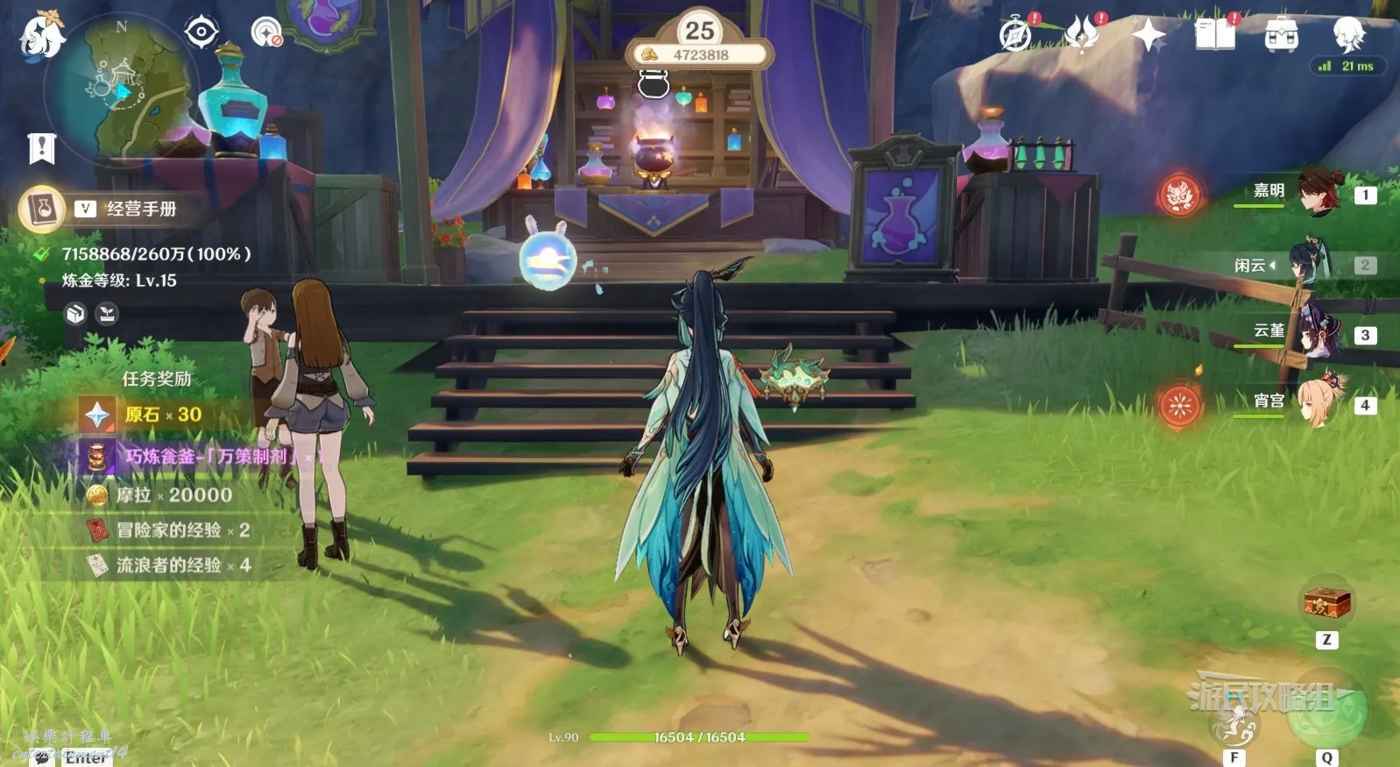
Interface of the Genshin Impact game. Source
Literal translations outside of context are a no-no under any circumstances. But it’s especially important to make sure that your localization management system always provides context when you’re translating a game to a logographic language.
There might be a situation when a simple word or phrase that is used outside a full sentence (say, in a menu) leaves some ambiguity. For instance, the word “ingredients” in The Sims game that is used in the context of flower arrangements was translated to “食材” which means “food ingredients.” Avoid such mistakes by adding explanations and screenshots to all strings for translation.
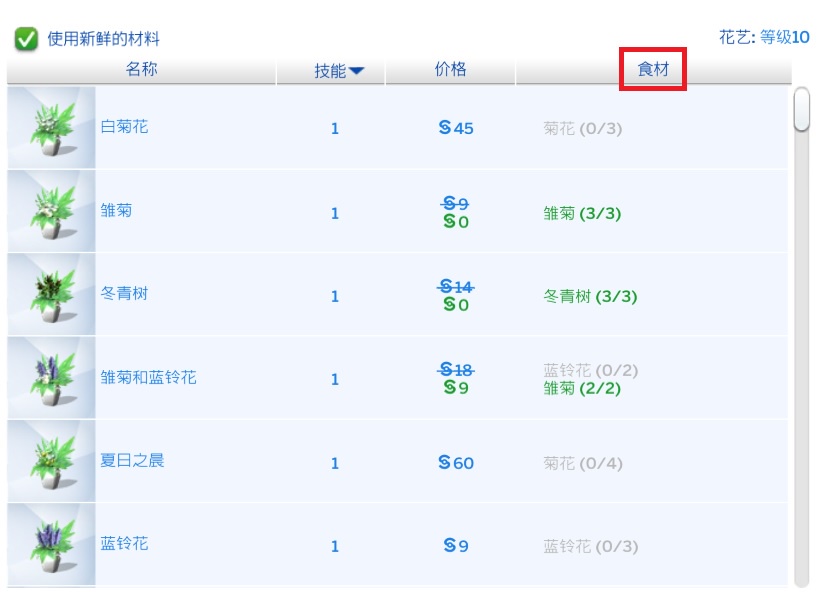
Translation mistake in the Chinese version of The Sims. Source
The choice of fonts is crucial when translating a game into Chinese. There are some commonly used fonts like Arial Unicode MS, DFKai-SB, Batang, and Dotum that support Chinese characters. Plus, there are plenty of commercial fonts: they might be expensive but perfectly fit your game’s aesthetic.
Sometimes, players are disappointed that the Chinese font is less expressive or stylish and create their own modifications for a game. For example, here’s a Stardew Valley mod with a user-picked font that matches the game better than the original Sans Serif:
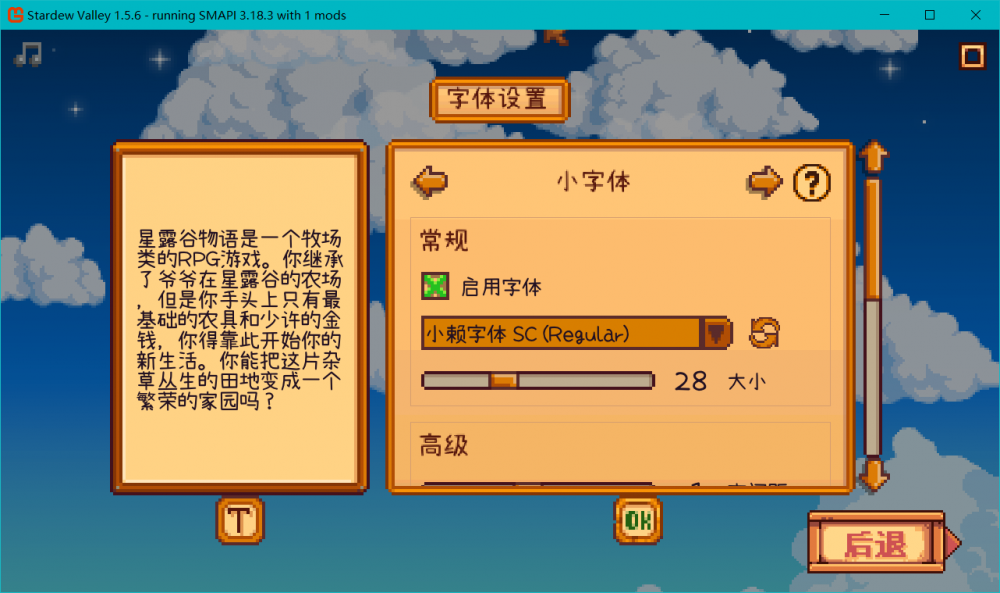
Font modification in Stardew Valley. Source
Note that most words and phrases will be shorter in Chinese compared to English, as the Chinese language tends to pack more meaning into each character. However, you’ll need to provide more vertical space between the lines.
Here’s a comparison of game settings in English and Chinese in the Shadow of the Tomb Raider game:
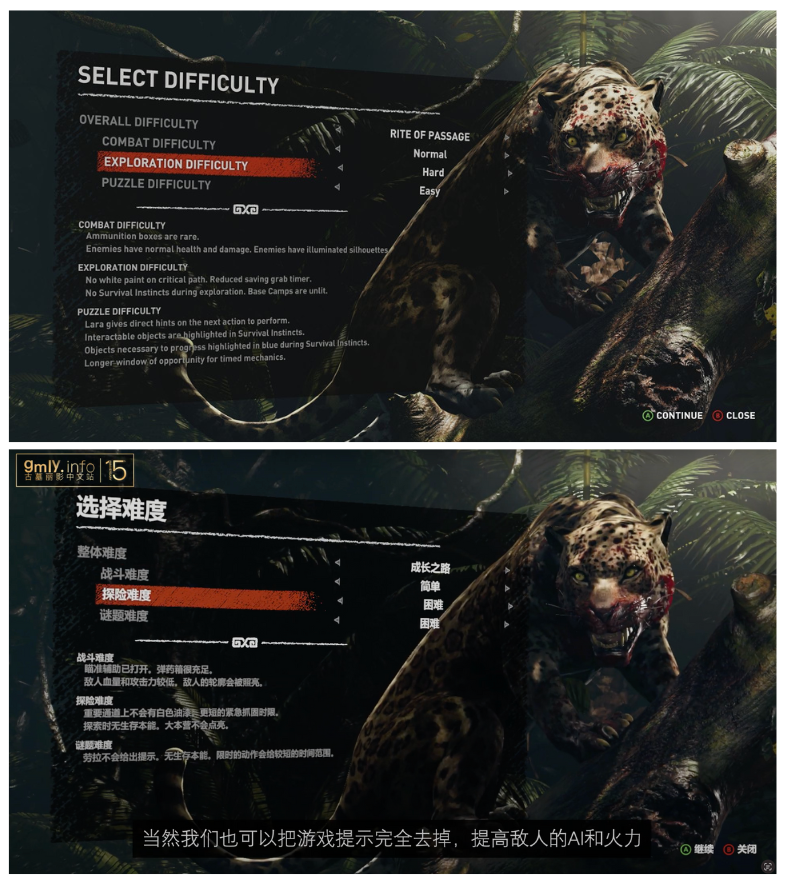
Shadow of the Tomb Raider Game settings in Chinese and English. Source
According to a survey conducted by The Quantic Foundry, Chinese players are more driven by competition and are more motivated to complete full challenges in games. They also consider games to be a great means of socialization so they value co-op modes, social sharing, and other collaborative features.
The research by GameRefinery revealed that top-grossing mobile games in China tend to have a friendly PvP match option, a spectator mode, and the possibility to steal in-game resources from other players.
If your game isn’t designed for the co-op mode, you can still add some social features. Depending on the nature of the game, it can be a leaderboard, chatting, activity feeds, etc.
China has restrictions on many social networks and other online platforms that are popular in the rest of the world. To effectively promote your game and reach the maximum of local users, you’ll need to dive into the world of Chinese social media.
Here are the major apps and services to know about:
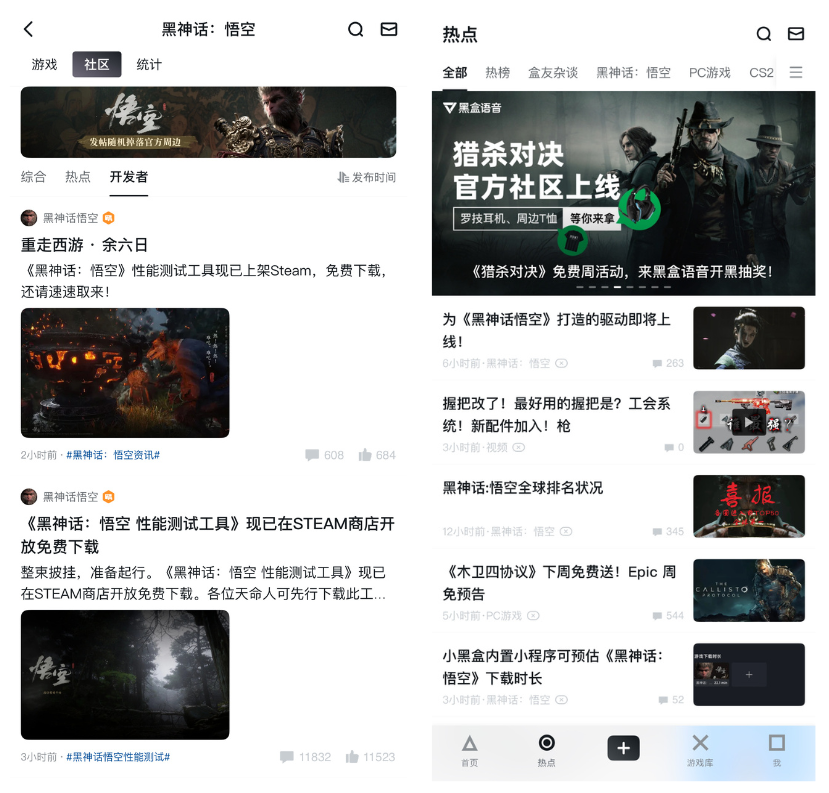
HeyBox feed
We hope these tips help you successfully localize your game and prepare it for release in China and in other Chinese-speaking markets. It’s crucial to acknowledge the differences between different writing systems and spoken variants of Chinese, cater to cultural preferences, and promote your game on local platforms.
If you’re ready to make a strategic move towards global expansion by localizing your games into Chinese, reach out to us. Share your inquiries, and let’s start a conversation about how we can help you tap into China’s massive and rapidly growing gaming market.
You may be interested in:
Getting ready to localize your game? Learn what to consider before starting a localization project, from setting up your file to creating a style guide.
Some Asian countries are absolute global leaders in the gaming industry: for instance, China, Japan, and South Korea are all in the top 4 by revenue after the US. Other markets (Southeast Asia and the Middle East) are some of the most rapidly growing ones, especially in the sector of mobile gaming.
